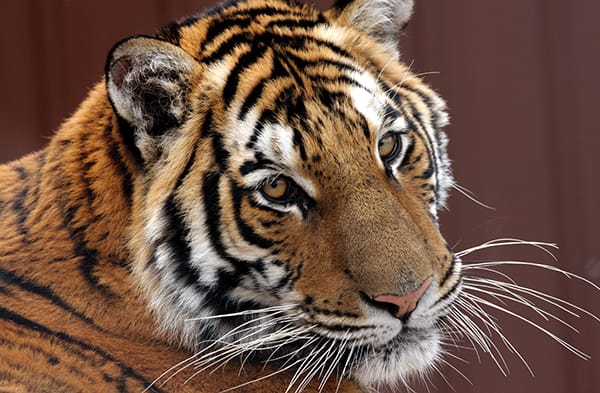It’s going to be a zoo out there
What do the words spiny mice, mandrills, bearded dragons and kookaburras have in common? They are a handful of exotic animals that live at the Magnetic Hill Zoo, and there are hundreds more, many of them endangered species. Some have strange names like Przewalski’s horse (pronounced shuh-val-skee)—a rare, wild horse from Mongolia.
This year is especially exciting as the zoo just opened a new big cats exhibit, featuring two Amur tigers (formerly known as Siberian tigers) and an Amur leopard. The moment you walk into the exhibit, you’ll be “transported” to a Russian train station where you can see the big cats in their natural environment.
The thing I love about this zoo—aside from the extraordinary variety of creatures—is what goes on behind the scenes. For example, the Amur leopards are some of the most endangered cats in the world, and the zoo will be part of a breeding program to help increase their numbers.

Another ongoing project is the Piping Plover Recovery Program in partnership with Parks Canada and Wildlife Preservation Canada. Once the hatchlings reach their appropriate weight, they’re gradually introduced back into the wild.

A couple of years ago, after a couple of orphan bear cubs were discovered on top of a hydro pole in northern New Brunswick, the zoo took them in and nursed them back to health. One year, a squirrel monkey gave birth to a little guy, but mama soon passed away. Through a collaborative effort between zoo staff, the Atlantic Veterinary College and Dr. Marion Desmarchelier, “Sheldon” was bottle-fed around the clock; he’s now busily hanging out with the other monkeys.
On my last visit, I fell in love with the marmoset monkeys. They are super tiny and only weigh a few ounces. I wished I could put one in my pocket and take it home.
The other big deal here is the expanded Keeper Camp program where youth ages 14-17 learn what it’s like to be a zookeeper. Groups of five campers per week do everything from grunt work (cleaning out pens) to making peanut butter pine cones for the wolves and piñatas for the big cats. The focus is on learning—the fun kind. Imagine being allowed to enter the ring-tailed lemur enclosure to hand feed those primates!
Isn’t it time you visited the zoo?



